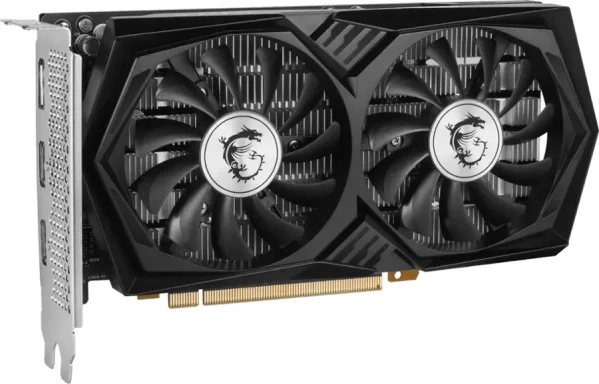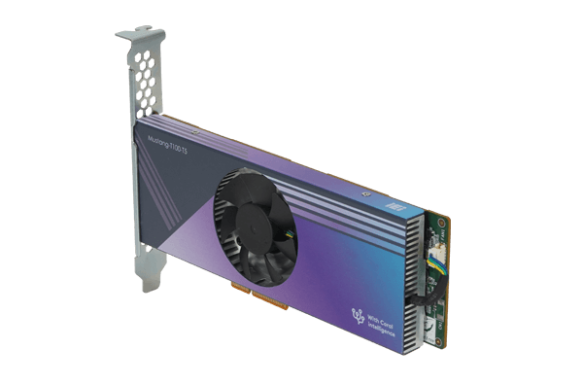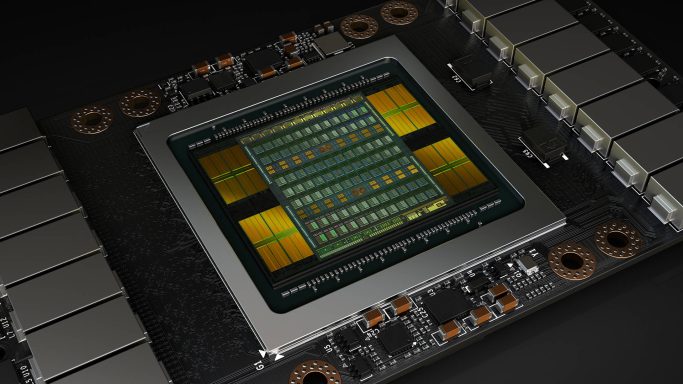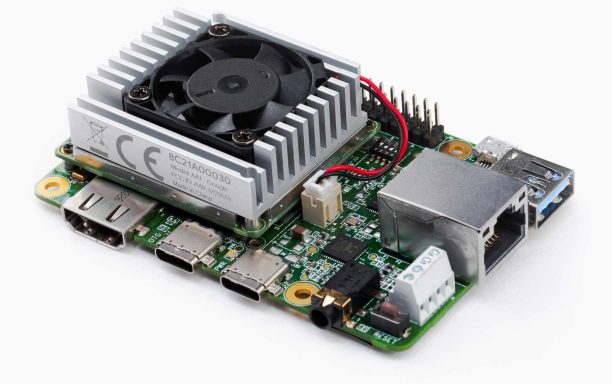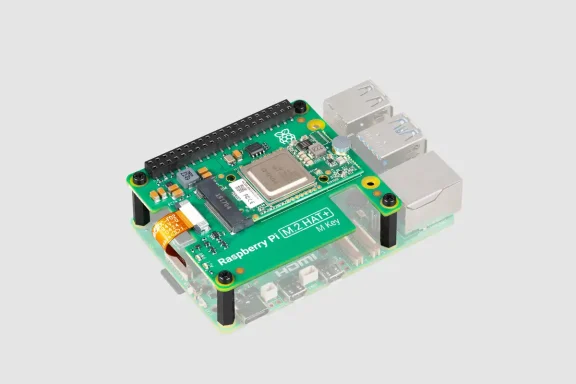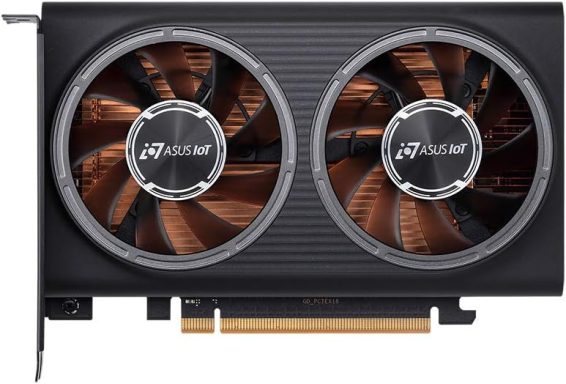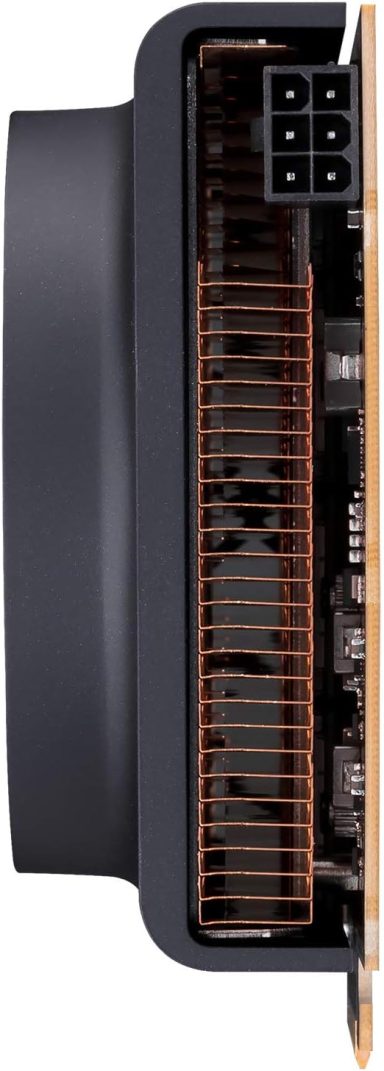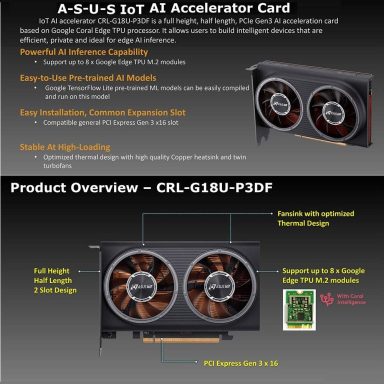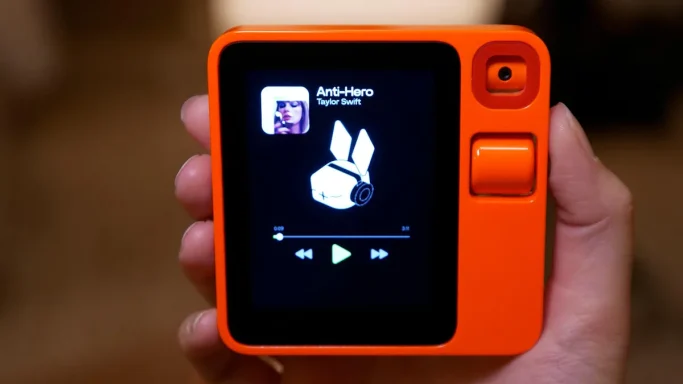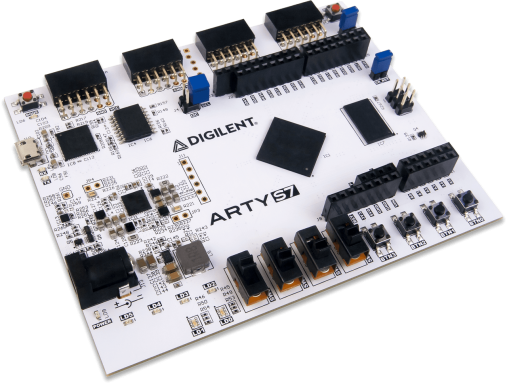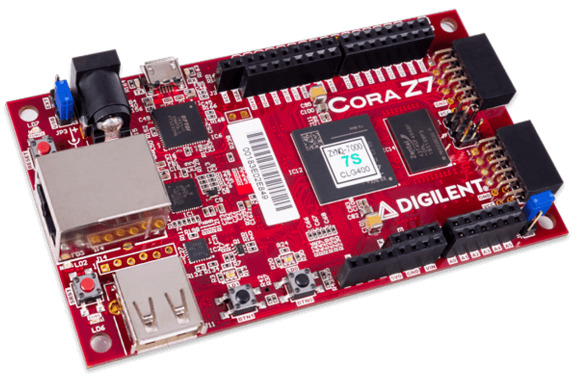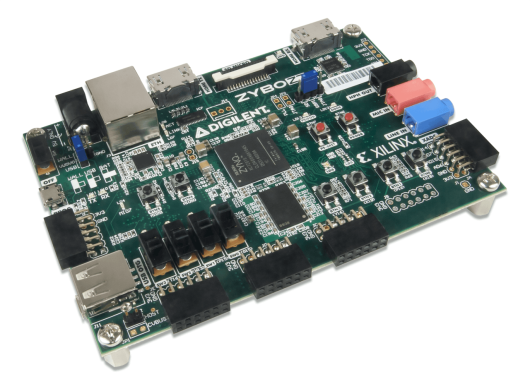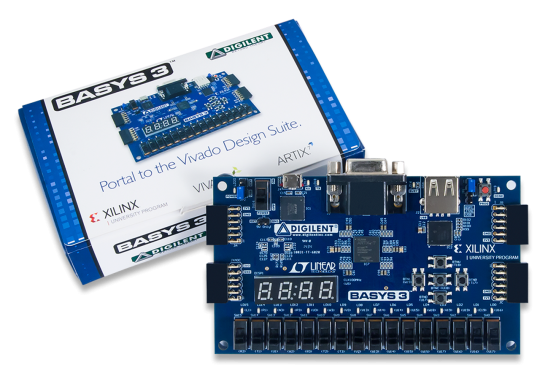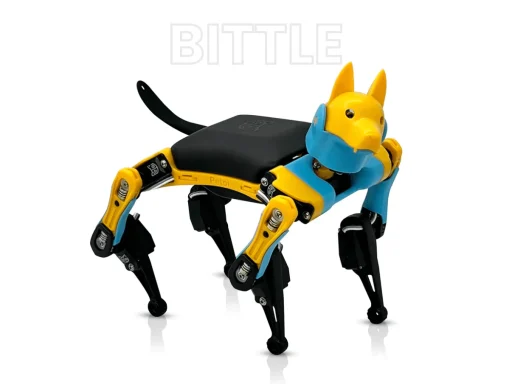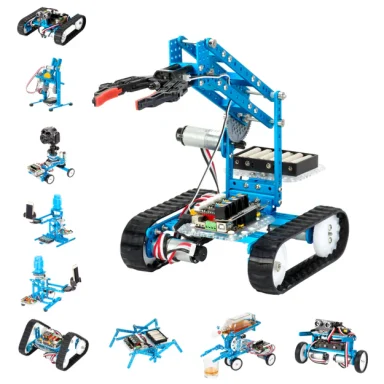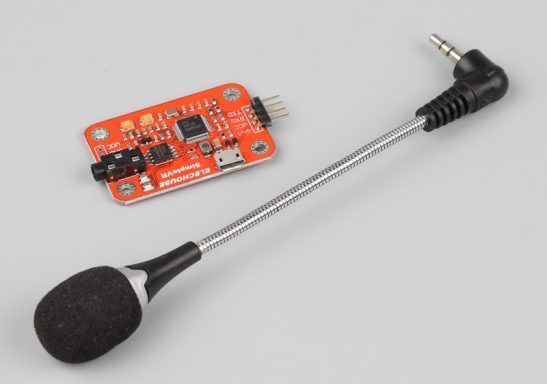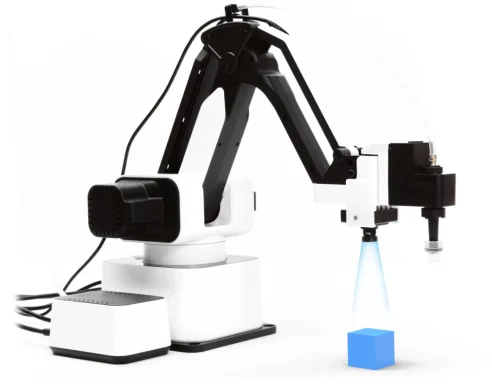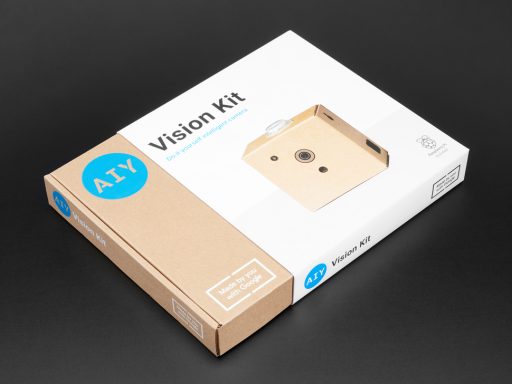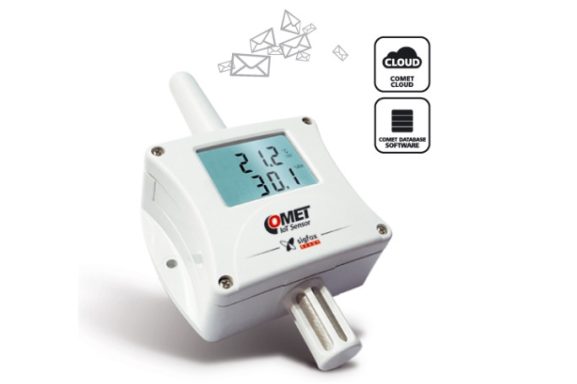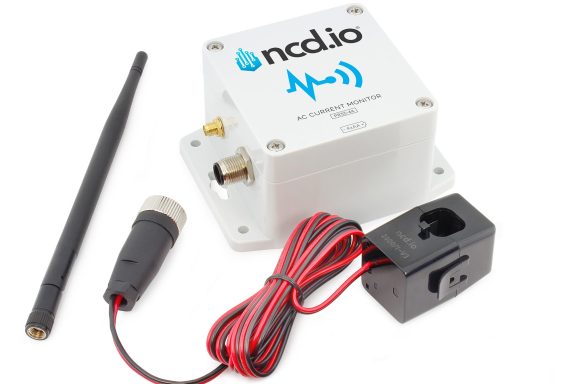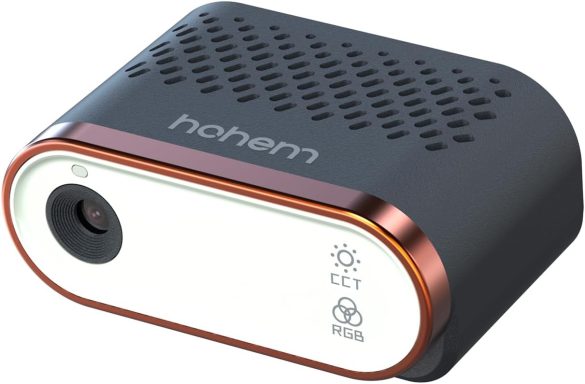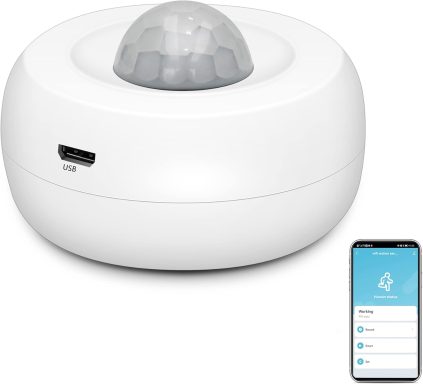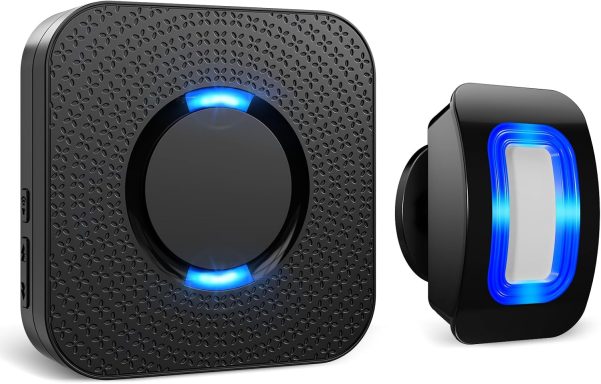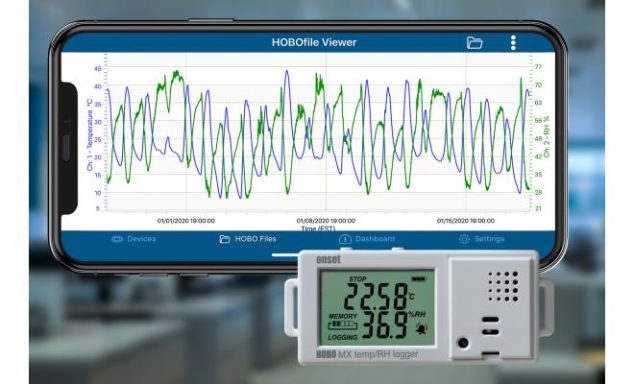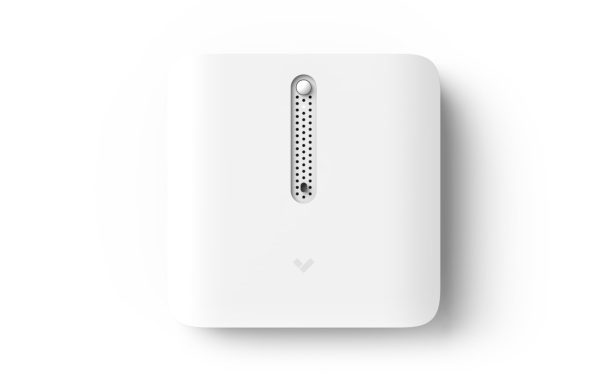AI Hardware

Explore our selection of specialized computer components designed to handle the complex computations required for art creation and processing. These high-performance parts are essential for artists and designers looking to push the boundaries of digital creativity. From powerful GPUs, TPUs and ASCICs that enhance rendering speeds to rapid SSDs for quick access to large files, our store offers everything you need to transform your artistic vision into reality. Discover the perfect components to accelerate tasks like image processing, neural network training, and data analysis.
GPUs
Graphic Processing Unit
Enhanced graphics capabilities supports advanced data analytics, helping retailers to understand consumer behavior and preferences better. Moreover, graphics processing units (GPUs) facilitate faster transactions and improved inventory management through sophisticated software applications.
TPU's
Tensor Processing Units
Try the new specialized application-specific integrated circuit (ASIC) designed by Google to accelerate neural network machine learning tasks
AI accelerators
AI accelerators
AI accelerators are specialized hardware designed to speed up the performance of AI tasks, particularly machine learning and deep learning, by optimizing the execution of complex computations. They offer faster and more efficient AI operations compared to general-purpose processors like CPUs and GPUs
AI Devices
AI Devices
AI devices are machines that utilize artificial intelligence to perform tasks that typically require human intelligence, such as understanding language, recognizing images, and making decisions. They simulate human abilities like learning, problem-solving, and decision-making, and can adapt and improve with each iteration
FPGA Boards for AI
FPGA Boards for AI
Field-programmable gate arrays (FPGAs)—flexible compute components that can be reprogrammed to serve many different purposes—provide critical artificial intelligence (AI) acceleration capabilities that work alongside CPUs to enable enhanced AI performance.
Robotics Kits
Robotics Kits
A robot kit is a fun and exciting construction set designed for kids who want to build their very own robots, especially cool autonomous mobile robots that can move and explore on their own! These kits come with all the parts and instructions needed to spark creativity and engineering skills, allowing kids to learn about technology and robotics while having a blast. With a robot kit, young inventors can assemble, program, and watch their robots come to life, making it a great way to inspire curiosity and problem-solving in a hands-on way!
Voice recognition
Voice recognition technology
Voice recognition technology allows devices and software to understand and interpret human speech, enabling users to interact with technology through voice commands instead of traditional input methods like typing or clicking. This technology is used in various applications, from virtual assistants like Google Assistant and Amazon Alexa to dictation software and automated phone systems.
Computer Vision Kits
Computer Vision Kits
It provides industrial-grade vision performance with a flexible Python API. Easily build computer vision projects and machine learning projects such as color recognition and shape recognition.
Autonomous Vehicle Kits
Autonomous Vehicle Kits
Autonomous vehicle kits are hardware and software packages designed to transform existing vehicles into self-driving systems. These kits typically include sensors like LiDAR, cameras, and radar, along with a computer system to process information and control the vehicle's movements. They allow for various levels of automation, from basic driver assistance to full autonomy
Sensors and IoT Devices
Sensors and IoT Devices
IoT (Internet of Things) sensors and devices are physical objects equipped with sensors, processing capabilities, and communication technologies that connect to other devices and systems over the internet or other communication networks. These devices can sense and collect data from their surroundings, transmitting this information to a central location for analysis and action.
Image and Video Sensors
Image and Video Sensors
Image and video sensors, like those found in cameras and smartphones, are the "eyes" of electronic devices, converting light into electrical signals that are then processed to form images and videos. Two main types are commonly used: CCD (Charge-Coupled Device) and CMOS (Complementary Metal-Oxide Semiconductor)
Motion and Proximity
Motion and Proximity Sensors
Motion and proximity sensors are both used to detect the presence or movement of objects, but they operate differently. Motion sensors detect movement or changes in position, while proximity sensors detect the presence of an object without requiring movement
Environmental Sensors
Environmental Sensors
Environmental sensors are devices that measure and monitor various parameters in the surrounding environment, such as temperature, humidity, air quality, light, and sound. These sensors are used in a wide range of applications, including weather stations, home automation, and environmental monitoring systems.
© Dinatronics, LLC Copyright. All rights reserved.
We need your consent to load the translations
We use a third-party service to translate the website content that may collect data about your activity. Please review the details in the privacy policy and accept the service to view the translations.

